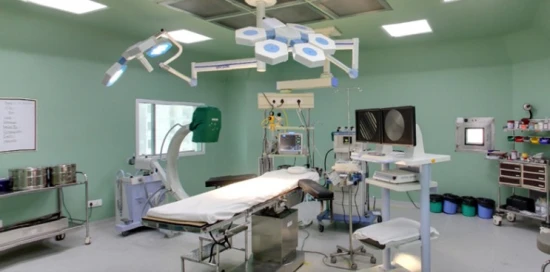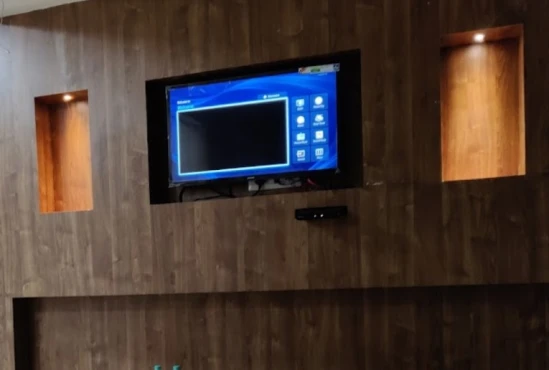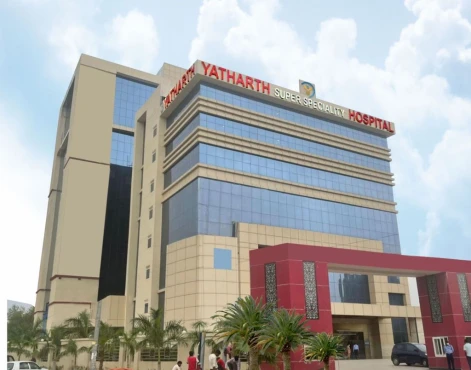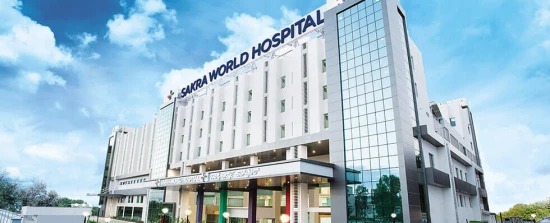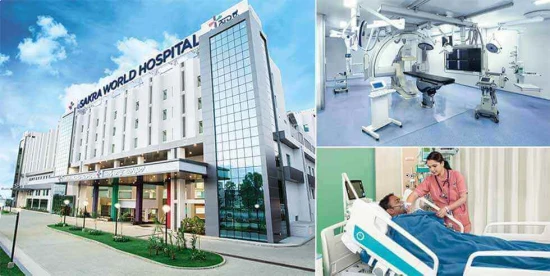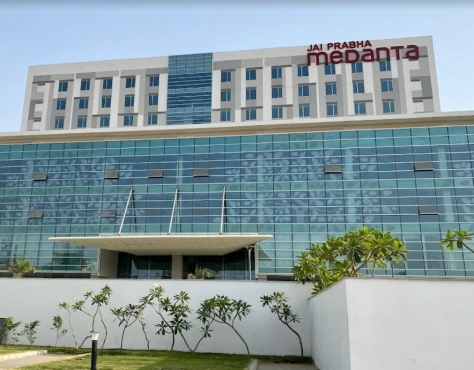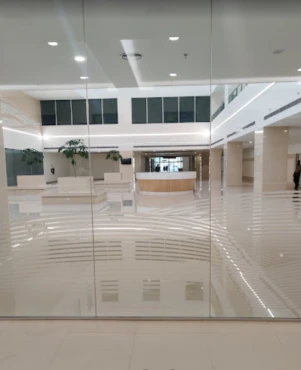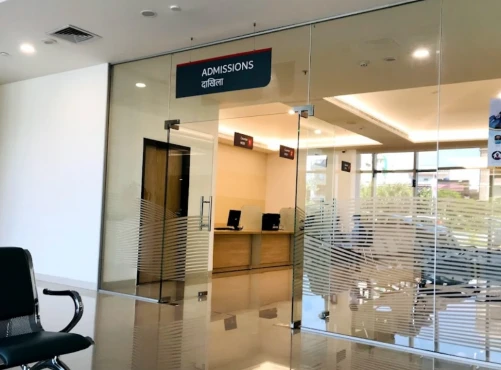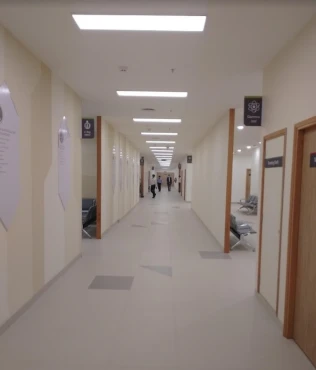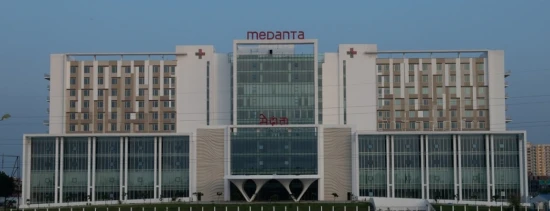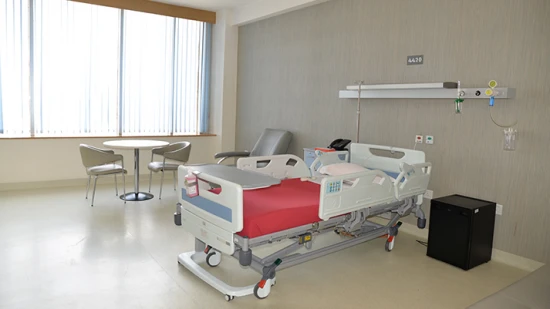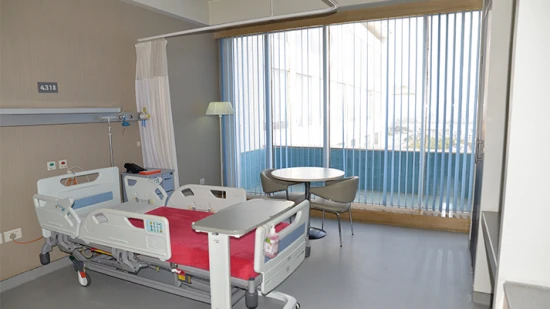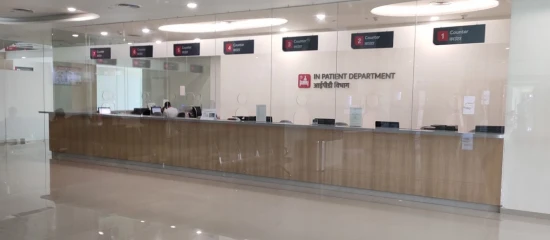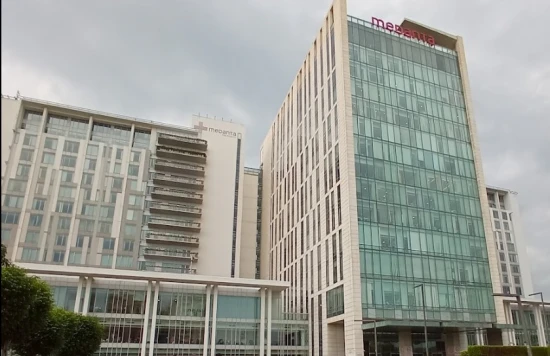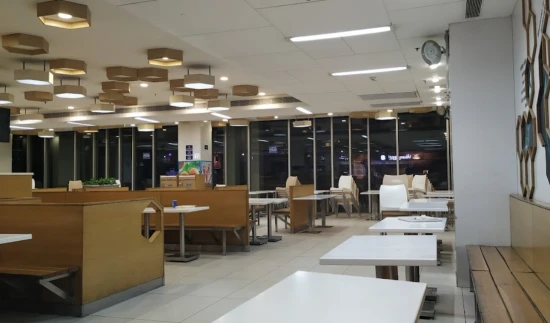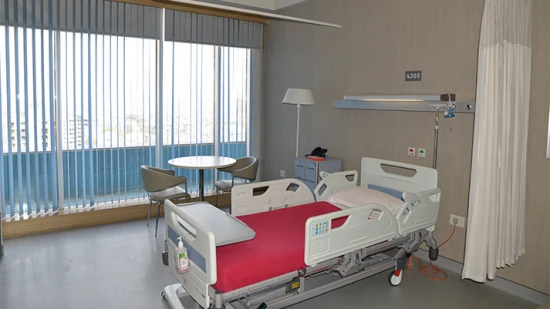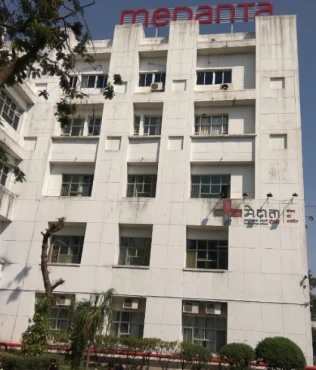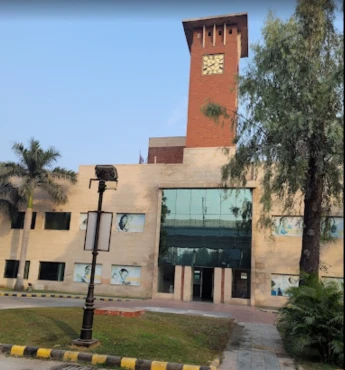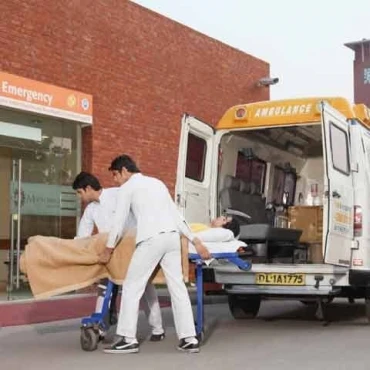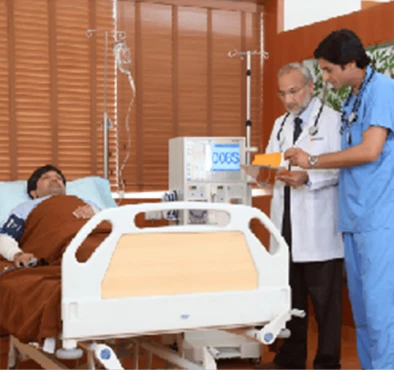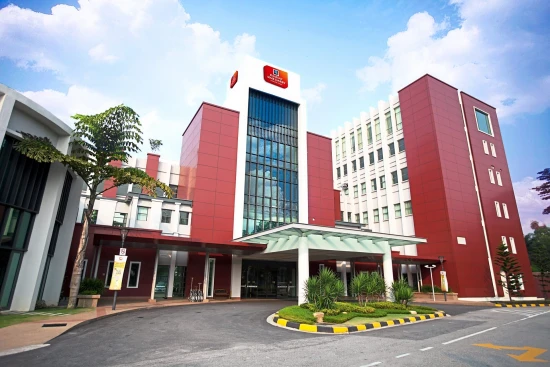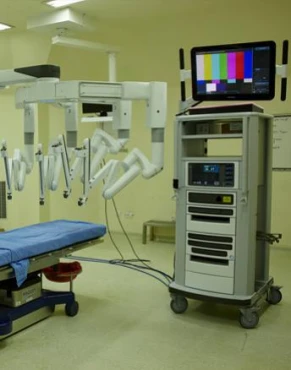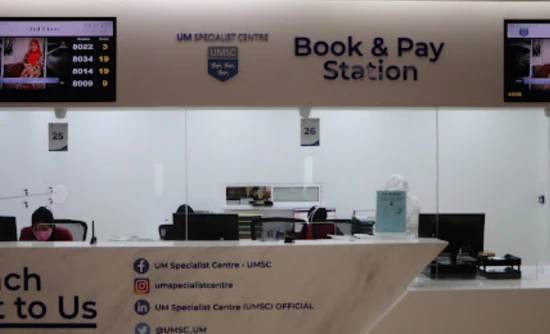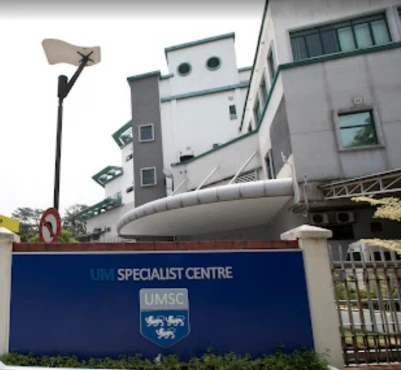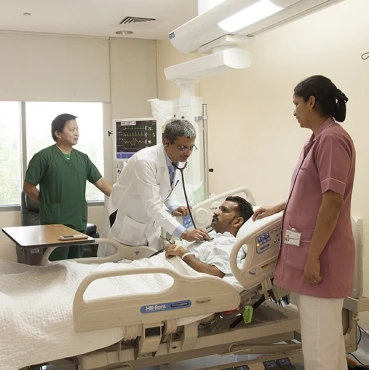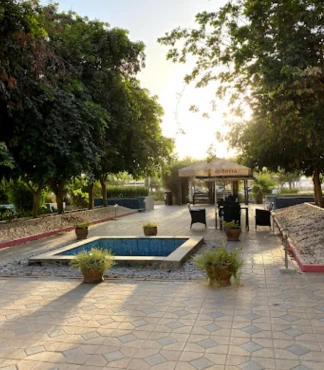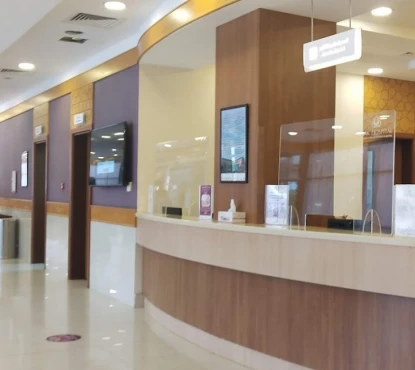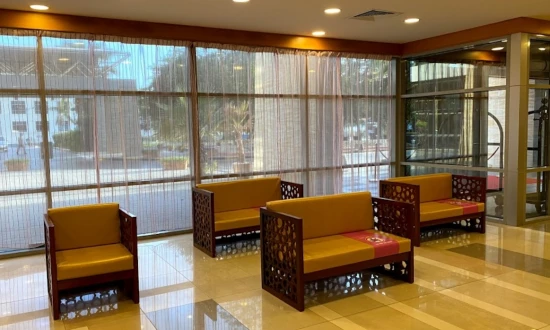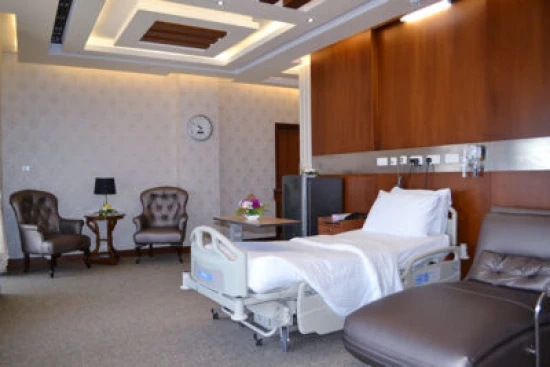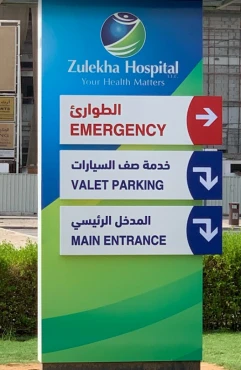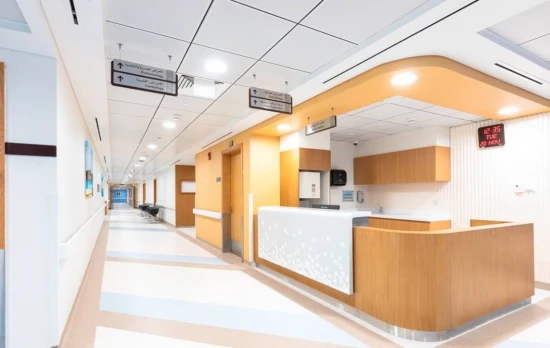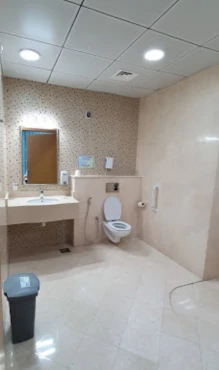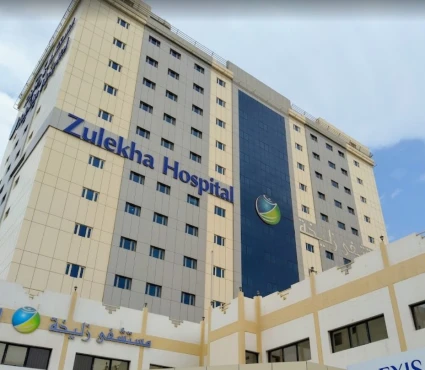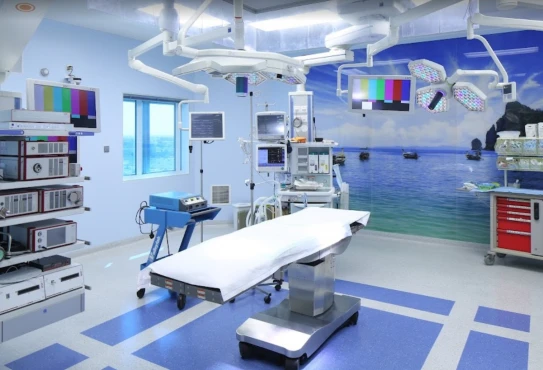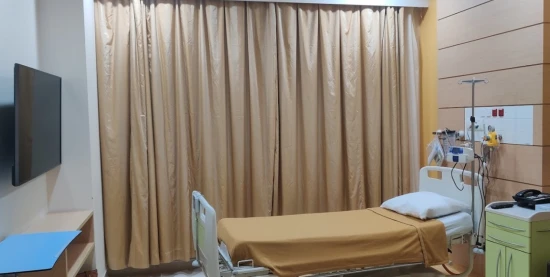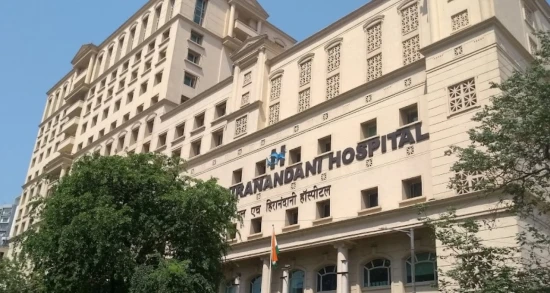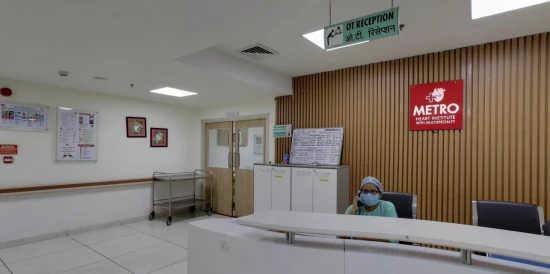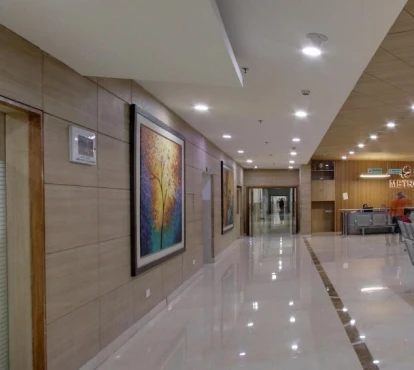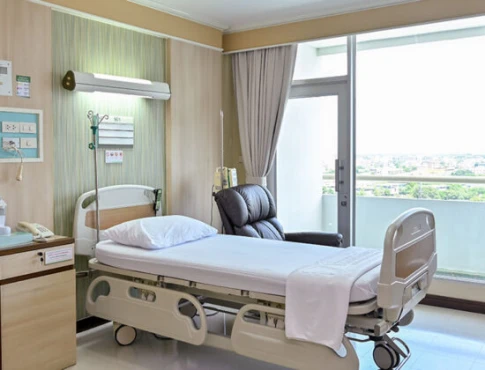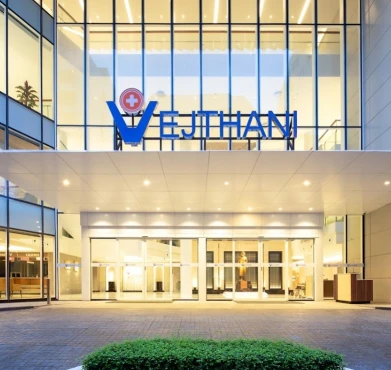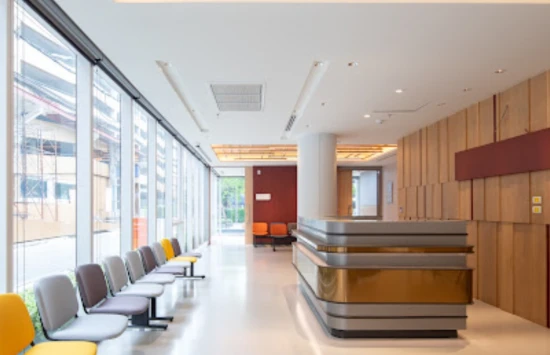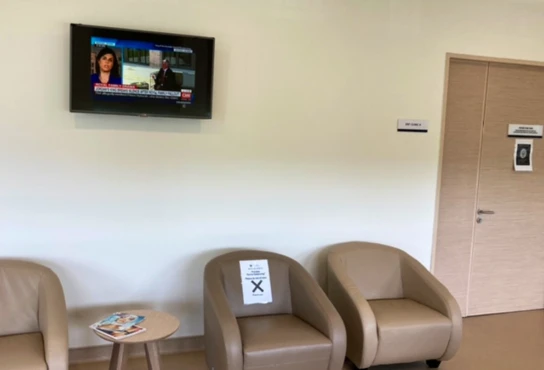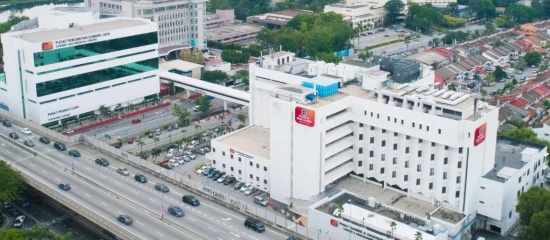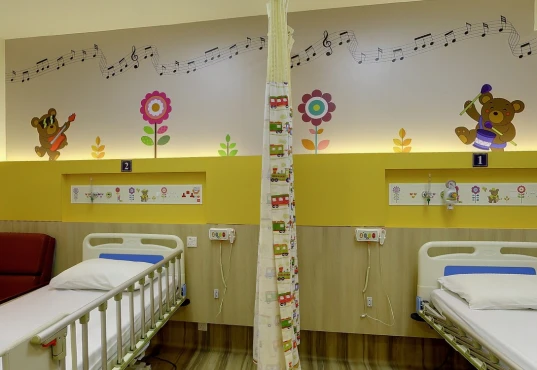Pulmonary valve stenosis treatment in 210 Cardiac surgery clinics in Asia
210 clinics specializing in Cardiac surgery providing treatment of Pulmonary valve stenosis Pulmonary valve stenosis is a heart condition where the pulmonary valve becomes narrowed, restricting blood flow from the right ventricle to the pulmonary artery. This can lead to increased pressure in the right side of the heart and reduced blood flow to the lungs. disease in Asia.
Azerbaijan · 2
Bahrain · 1
Bangladesh · 7
China · 4
India · 39
Indonesia · 6
Israel · 15
Japan · 12
Jordan · 4
Kazakhstan · 4
Malaysia · 12
Mongolia · 1
Oman · 5
Philippines · 6
Saudi Arabia · 4
Singapore · 4
South Korea · 18
Sri Lanka · 3
Taiwan · 5
Thailand · 14
Turkey · 29
United Arab Emirates · 11
Vietnam · 4
You can select a specific country
Azerbaijan · 2
Bahrain · 1
Bangladesh · 7
China · 4
India · 39
Indonesia · 6
Israel · 15
Japan · 12
Jordan · 4
Kazakhstan · 4
Malaysia · 12
Mongolia · 1
Oman · 5
Philippines · 6
Saudi Arabia · 4
Singapore · 4
South Korea · 18
Sri Lanka · 3
Taiwan · 5
Thailand · 14
Turkey · 29
United Arab Emirates · 11
Vietnam · 4
Sorted by:
Relevance
Rating
Relevance
Prices for popular procedures:

Noida, India
Specializations: Cardiac surgery, Vascular surgery, Thoracic surgery, Neurosurgery, Spine surgery, Orthopedic surgery, Oncology
Yatharth Super Specaility Hospital, Greater Noida West is a 500 bedded quaternary care hospital in Noida extension. Set on a spacious campus, the hospital has
read more
Prices for popular procedures:
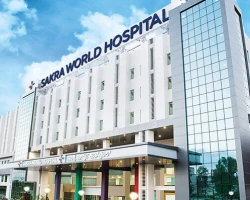
Bengaluru, India
Specializations: Cardiac surgery, Vascular surgery, Thoracic surgery, Neurosurgery, Spine surgery, Orthopedic surgery, Oncology
Sakra World Hospital is the best Multispecialty hospital in Bangalore. With over 200+ doctors with expertise across the healthcare sector, Sakra World Hospital has existed
read more
Prices for popular procedures:
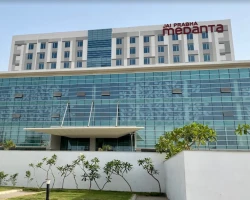
Patna, India
Specializations: Cardiac surgery, Vascular surgery, Thoracic surgery, Neurosurgery, Spine surgery, Orthopedic surgery, Oncology
Jay Prabha Medanta offers the highest quality healthcare delivered by best-in-class doctors committed to providing care with compassion. An ecosystem of excellence, Jay Prabha Medanta,
read more
Prices for popular procedures:

Lucknow, India
Specializations: Cardiac surgery, Vascular surgery, Thoracic surgery, Neurosurgery, Spine surgery, Orthopedic surgery, Oncology
Medanta Lucknow brings state-of-the-art medical care to Lucknow with an aim to extend the highest standard of tertiary healthcare to the whole of Uttar Pradesh.
read more
Prices for popular procedures:

Gurgaon, India
Specializations: Cardiac surgery, Vascular surgery, Thoracic surgery, Neurosurgery, Spine surgery, Orthopedic surgery, Oncology
Medanta – The Medicity is one of India’s largest multi-super specialty institutes located in Gurgaon, a bustling town in the National Capital Region. Founded by
read more
Prices for popular procedures:
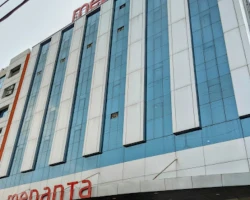
Indore, India
Specializations: Cardiac surgery, Vascular surgery, Thoracic surgery, Neurosurgery, Spine surgery, Orthopedic surgery, Oncology
Our multi-super specialty hospital in Indore brings the highest quality of medical services to central India. The 175-bed facility is an extension of the flagship
read more
Prices for popular procedures:
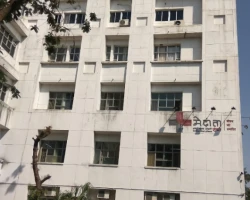
Ranchi, India
Specializations: Cardiac surgery, Vascular surgery, Thoracic surgery, Neurosurgery, Spine surgery, Orthopedic surgery, Oncology
Medanta has partnered with Abdur Razzaque Ansari Memorial Weavers’ Hospital in Ranchi to offer the only super specialty hospital in this part of the country.
read more
Prices for popular procedures:
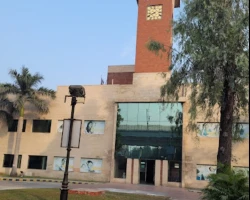
New Delhi, India
Specializations: Cardiac surgery, Vascular surgery, Thoracic surgery, Neurosurgery, Spine surgery, Orthopedic surgery, Oncology
As one of India’s foremost names in healthcare, Moolchand has been setting standards for the past 9 decades. We have been providing healthcare services to
read more
Prices for popular procedures:
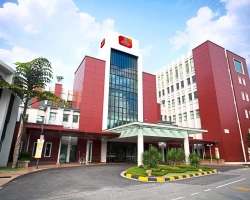
Shah Alam, Malaysia
Specializations: Cardiac surgery, Vascular surgery, Thoracic surgery, Neurosurgery, Spine surgery, Orthopedic surgery, Oncology
Languages: Chinese, English
Ara Damansara Medical Centre (ADMC), with its serene and luxurious ambience, is conveniently located at the junction of Petaling Jaya and Shah Alam, right across
read more
Prices for popular procedures:
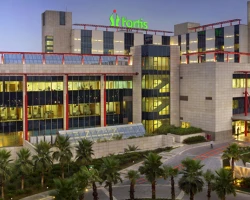
Gurgaon, India
Specializations: Cardiac surgery, Vascular surgery, Thoracic surgery, Neurosurgery, Spine surgery, Orthopedic surgery, Oncology
Fortis Memorial Research Institute (FMRI) is a multi-super-speciality, quaternary care hospital with an enviable international faculty, reputed clinicians, including super-sub-specialists and speciality nurses, supported by
read more
Prices for popular procedures:
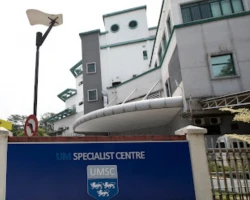
Kuala Lumpur, Malaysia
Specializations: Cardiac surgery, Vascular surgery, Thoracic surgery, Neurosurgery, Spine surgery, Orthopedic surgery, Oncology
UM Specialist Centre (UMSC) is a tertiary medical centre. Established in 1998, UMSC was initially located at University of Malaya Medical Centre (UMMC) and in
read more
Prices for popular procedures:
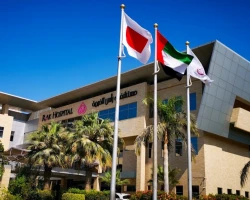
Ras Al Khaimah, United Arab Emirates
Specializations: Cardiac surgery, Vascular surgery, Thoracic surgery, Neurosurgery, Spine surgery, Orthopedic surgery, Oncology
Languages: Arabic, English
Patient satisfaction is of paramount importance to us at RAK Hospital. Since our inception in 2007, we have strived to provide effective treatments and every
read more
Prices for popular procedures:

Dubai, United Arab Emirates
Specializations: Cardiac surgery, Vascular surgery, Thoracic surgery, Neurosurgery, Spine surgery, Orthopedic surgery, Oncology
Languages: Arabic, English
ImageAbout Us Zulekha Healthcare Group The Zulekha Healthcare Group found its roots in 1964 when its creator Dr. Zulekha Daud moved from her native India
read more
Prices for popular procedures:

Sharjah, United Arab Emirates
Specializations: Cardiac surgery, Vascular surgery, Thoracic surgery, Neurosurgery, Spine surgery, Orthopedic surgery, Oncology
Languages: Arabic, English
Zulekha Healthcare Group The Zulekha Healthcare Group found its roots in 1964 when its creator Dr. Zulekha Daud moved from her native India to Sharjah,
read more
Prices for popular procedures:
Prices for popular procedures:
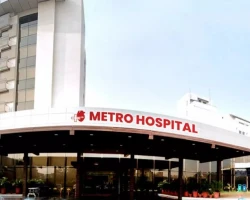
Faridabad, India
Specializations: Cardiac surgery, Vascular surgery, Thoracic surgery, Neurosurgery, Spine surgery, Orthopedic surgery, Oncology
Metro Hospital, Faridabad has been in existence since 2002 as the first dedicated heart hospital of Haryana. "providing international standard health care at affordable cost
read more
Prices for popular procedures:
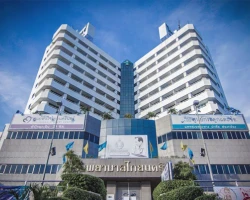
Bangkok, Thailand
Specializations: Cardiac surgery, Thoracic surgery, Neurosurgery, Spine surgery, Orthopedic surgery, Oncology
Thainakarin Hospital has been officially opened since 14th June 1993.Over the decades, we have renovated our health care service areas and expanded to cover medical
read more
Prices for popular procedures:

Bangkok, Thailand
Specializations: Cardiac surgery, Vascular surgery, Thoracic surgery, Neurosurgery, Spine surgery, Orthopedic surgery, Oncology
Languages: Amharic, Bengali, Burmese, Chinese, English, Japanese, Khmer, Korean, Russian, Vietnamese
Vejthani Hospital, established in 1994, is one of the leading private international hospitals in Thailand that provides JCI accredited quaternary health care services. Cutting-edge medical
read more
Prices for popular procedures:
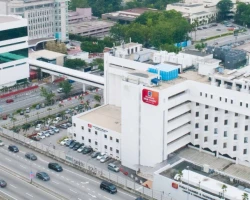
Subang Jaya, Malaysia
Specializations: Cardiac surgery, Vascular surgery, Thoracic surgery, Neurosurgery, Spine surgery, Orthopedic surgery, Oncology
Languages: English
Subang Jaya Medical Centre (SJMC) is the flagship hospital of Ramsay Sime Darby Health Care, a joint venture between Ramsay Health Care, Australia and Sime
read more
Prices for popular procedures:

George Town, Malaysia
Specializations: Cardiac surgery, Vascular surgery, Thoracic surgery, Neurosurgery, Spine surgery, Orthopedic surgery, Oncology
Languages: Chinese, English
The Penang Adventist Hospital (PAH) is part of an International Adventist Network of some 600 not-for-profit hospitals, clinics and dispensaries worldwide. The hospital was established
read more
Clinics grouping by rating
Clinic with the highest rating of 5 — Gangnam Severance Hospital in Seoul, South Korea and 2 more, clinic with the most reviews number of 35757 — Aster CMI hospital in Bengaluru, India.
With rating 4.0 and over — 101 clinics .
Countries with the highest number of clinics treating the diseases:
Pulmonary valve stenosis:
worldwide
579 clinics
India
39 clinics
Brazil
32 clinics
Germany
29 clinics
Turkey
29 clinics
Colombia
26 clinics
Related procedures:
Procedures are likely to be used for Pulmonary valve stenosis treatment:
Balloon valvuloplasty,
Open commissurotomy,
Open pulmonary valvotomy,
Percutaneous balloon pulmonary valvuloplasty (PBPV),
and
Transcatheter pulmonary valve replacement (PVR)
.
